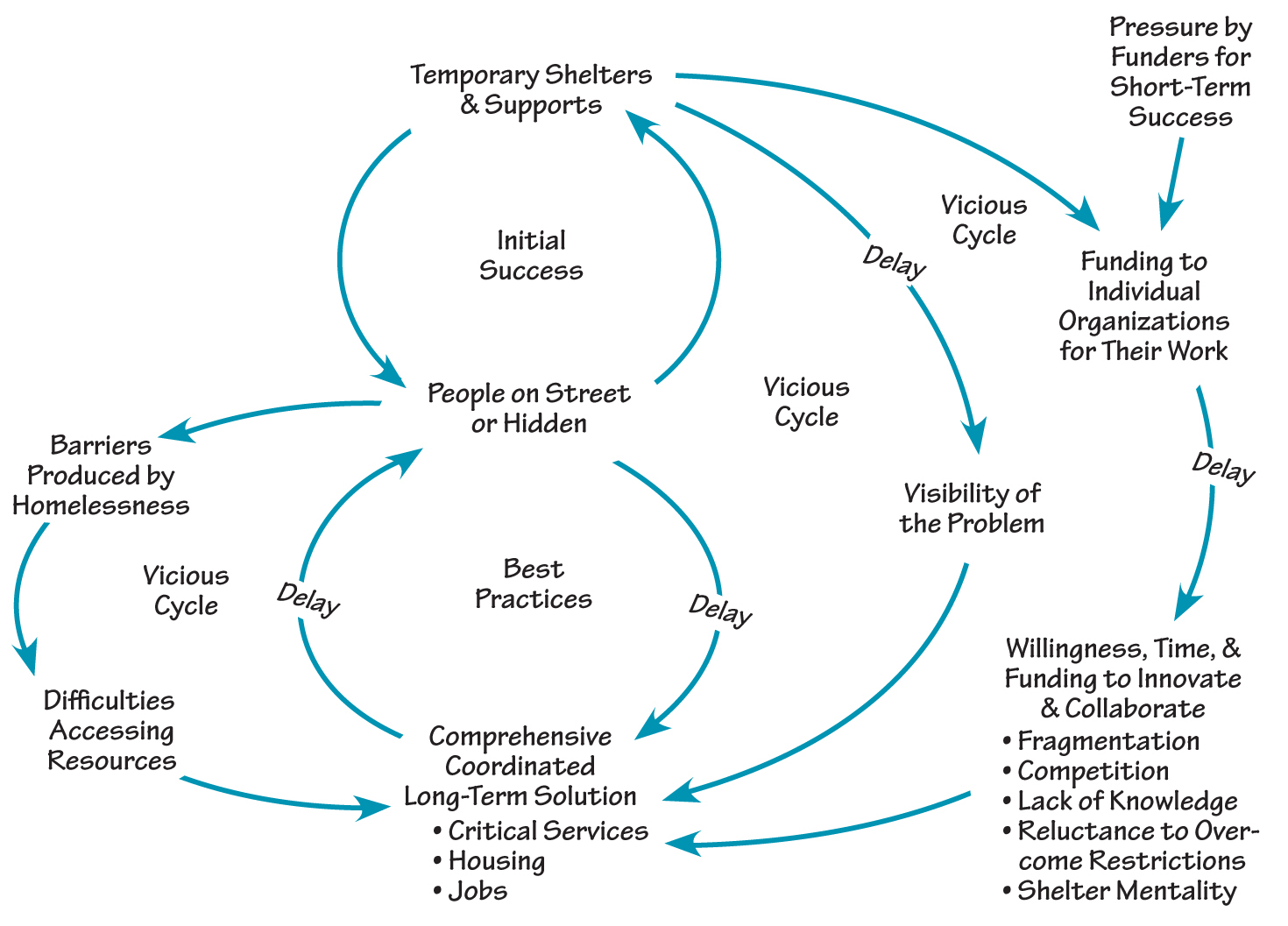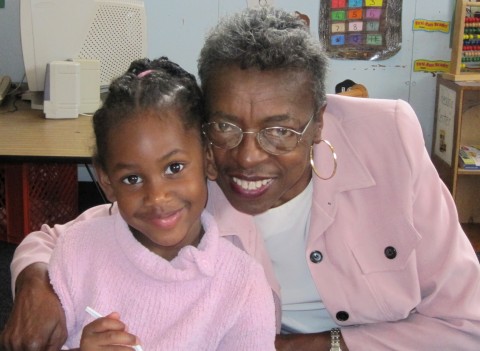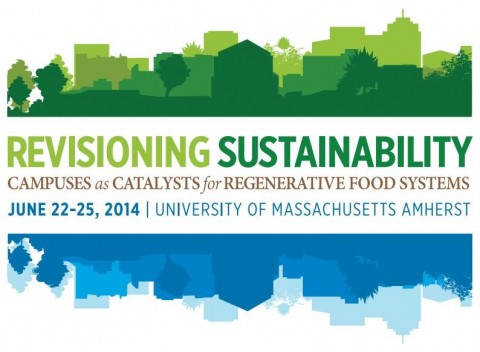Look for and Leverage Elegant Solutions
August 30, 2016 3 Comments“A good solution solves more than one problem, and it does not make new problems.”
– Wendell Berry
An essay that I return to now and then, including over these past summer months, is Wendell Berry‘s “Solving for Pattern.” Published in 1981, the piece essentially considers systemic approaches to more “sustainable “agriculture, though the concept alluded to in the title has wider application. The phrase “solving for pattern” is an invitation to take a larger and longer view of “problem-solving,” to think about interventions that serve a bigger picture in more sustained and multiply beneficial ways.
Solving for pattern, according to Berry, runs counter to reductionist and mechanical solutions, which lend themselves to more predictable and relatively contained situations. When reductionist solutions are applied to more complex and systemic situations, they are more prone to failure and to exacerbating negative aspects. Real-life examples include:
- Applying pesticides to plants that pollute soil and water and poison people and other living beings,
- Irrigation schemes that channel water in such a way that the larger water cycle is disrupted and nutrients lost to key places in the ecosystem;
- Trying to save money in a community by restricting public library hours and thereby significantly reducing an important job search resource for un- and under-employed people;
- Providing more shelters for people who are homeless without also trying to address the underlying causes of homelessness (result = those who are homeless are no longer as visible, reducing the public’s concern about the issue, limiting more comprehensive solutions – see David Peter Stroh).

“Shifting the burden” dynamic around homelessness in Calhoun County, MI, from David Peter Stroh, https://www.leveragenetworks.com/success-stories/homelessness-calhoun-county-decreased-14-over-six-years
“A bad solution is bad . . . because it acts destructively upon the larger pattern in which it is contained.”
A better approach in these situations is to get a sense of the larger systemic picture and pattern at play (which takes more time) and to look for interventions that support overall healthier dynamics in the system.
On a related personal level, my wife and I took some time recently to think ahead to the fall when kids are back in school and we are both working full schedules and trying to maintain some semblance of sanity on the home and family front. One situation that we were struggling with was how best to support our eldest daughter’s desire for musical enrichment after school without creating more stress on the family through racing around breathlessly from work to get kids from one location to another. We took it upon ourselves to find an “elegant solution” that solves multiple challenges without creating additional ones. In this particular instance, we arrived at the idea of finding a music student at one of the local colleges who could be hired to both teach our daughter and provide childcare until one of us returned home. Our daughter particularly liked the idea of connecting with a college student who is somewhat close in age and to whom she might ask questions about the college experience. That could create some very positive patterns of learning and mentorship on multiple fronts!
A beautiful example of pattern creation beyond isolated problem-solving is found in a story told by Sir Ken Robinson, in his book The Element, about the Jenks school district in Tulsa, Oklahoma. The state of Oklahoma has made a strong commitment to supporting early childhood reading for 3 to 5 year olds. The story goes that the head of a retirement home, the Grace Living Center, approached the superintendent in Jenks about establishing a preschool and kindergarten classroom in the home. The classroom was indeed built right in the heart of the Grace Living Center, with glass walls and a gap at the top of the walls to allow some of the sounds from the children to filter out into the hallways.
Rather quickly, a number of the residents of the home volunteered to read to and be read to by the children. The results were impressive. The majority of the children in that particular reading program left for first grade reading at a third-grade level or higher. In addition, there were remarkable relationships established between the children and their senior Book Buddies, which yielded rich inter-generational learning about much more than reading. What’s more, the staff at the Grace Living Center noticed that medication levels of residents plummeted (which aligns with Ellen Langer’s research about the life-giving impacts of mindful engagement among older adults). As Sir Ken Robinson notes, “the Grace Living Center has restored an ancient, traditional relationship [or pattern] between the generations.” Fitting of Wendell Berry’s definition of a good solution, the partnership between the Grace Living Center and the school district is creating multiple benefits.
“Life-enhancing things can happen when we take the time to step out of our routines [and] rethink our paths.”
– Sir Ken Robinson
Yet another example is one I learned about during a meeting of the Food Solutions New England Network Team. We had the opportunity to hear from Ken Toong, Director of the University of Massachusetts-Amherst Auxiliary Enterprises, which includes the award-winning dining program. The reason we invited Toong to speak with us is because of the program’s unique systemic commitment to not simply providing tasty food to students (17,000 of them), but to doing this in a way that promotes health through a variety of cuisines, educates and engages students, supports the local and regional economy, and is “regenerative” of human dignity and ecological integrity.
UMass Dining sources much of its food locally year-round, serves sustainable seafood, employs hundreds of students and uses what it calls a “small plate [to promote health and reduce food waste], big flavor” philosophy, “all in the aim of supporting the New England Food System.” Having met students involved in the program, including the innovative Permaculture Initiative, and having eaten in the Hampshire Dining Commons, I can say that there is a palpable sense of enthusiasm and aliveness that seems to grow out of this larger systemic commitment to re-connect and create health-promoting patterns in students’ lives as well as in the surrounding community and region.
All of this leaves me with hope as well as some big questions about how to create larger and more inclusive patterns for justice and sustainability. What are the patterns that connect the injustices and imbalances that we are working on that are in need of repair and re-creation? What agreements might be made to create patterns of equitable resilience and abundance?
Beyond isolated problems to be solved, what larger patterns of life do you want to reinforce and/or create?
Please share your thoughts and stories . . .



3 Comments
Love the part about “regenerative” of human dignity and ecological integrity1 East Bay Meditation Center runs on generosity economics/environmental sustainability/radical inclusivity and commitment to diversity/transparent democratic governance. Excited to be part of a community experimenting and creating more inclusive patterns for justice, sustainability, generosity, abundance. Hoping to share more about our story in 2015!
Brenda,
Thanks for your comment and for giving us a glimpse of the East Bay Meditation Center story. I/We would love to hear more! Let me know if you would like to write a guest blog for our site. Or perhaps we could talk and I could write something up. Very inspired to hear what you are up to.
Best,
Curtis
Am working on bringing food growing systems to homes & neighborhoods in urban areas. Been experimenting alone. What would be a good place to learn from other efforts?